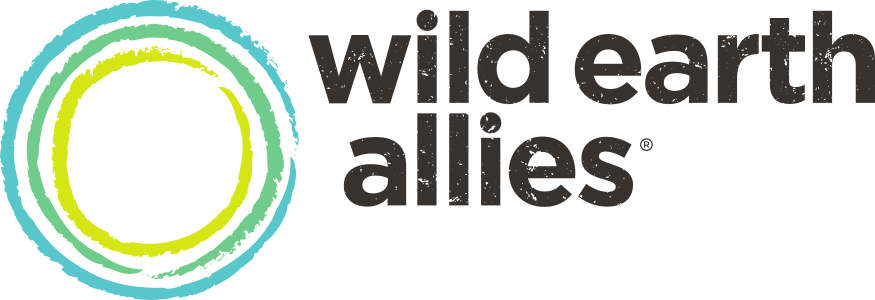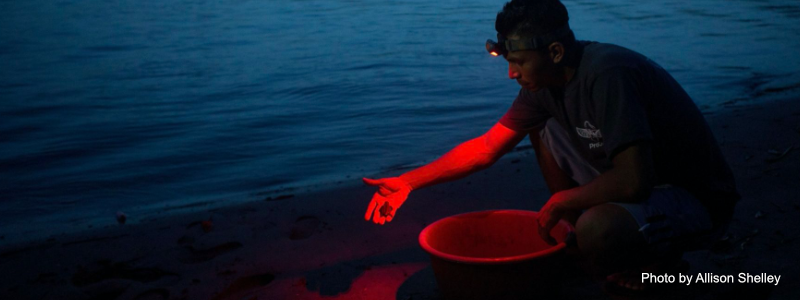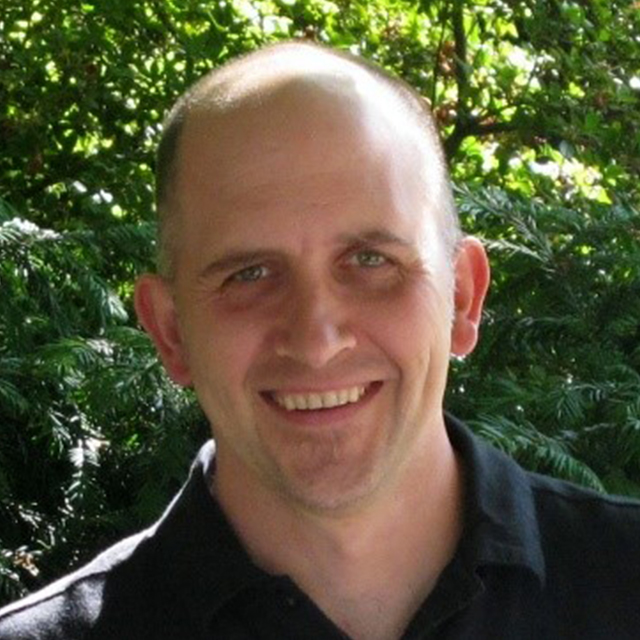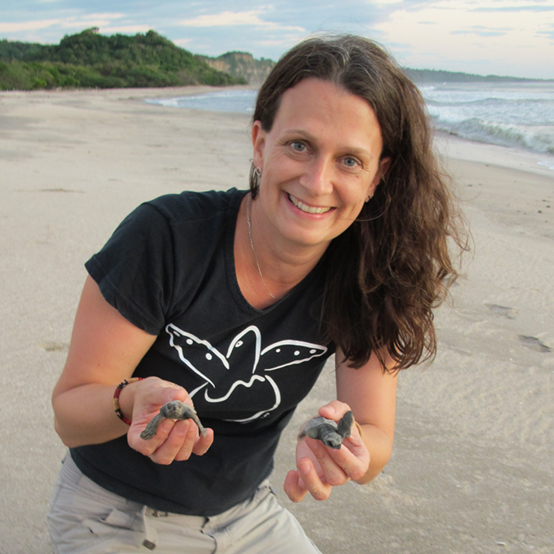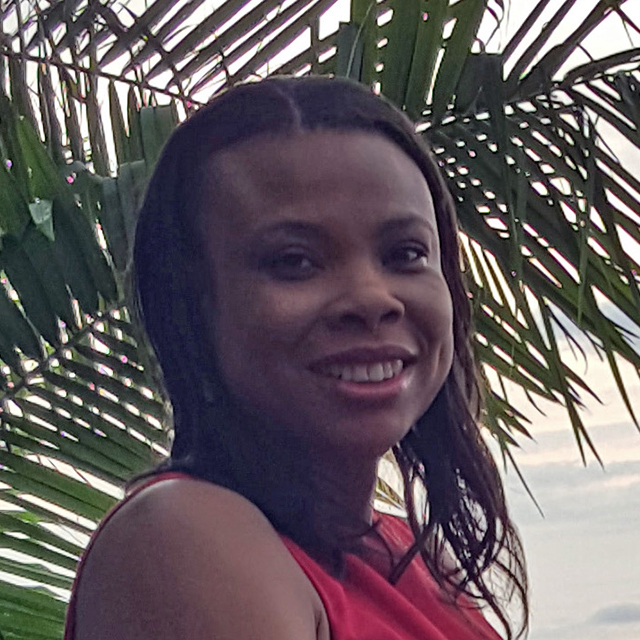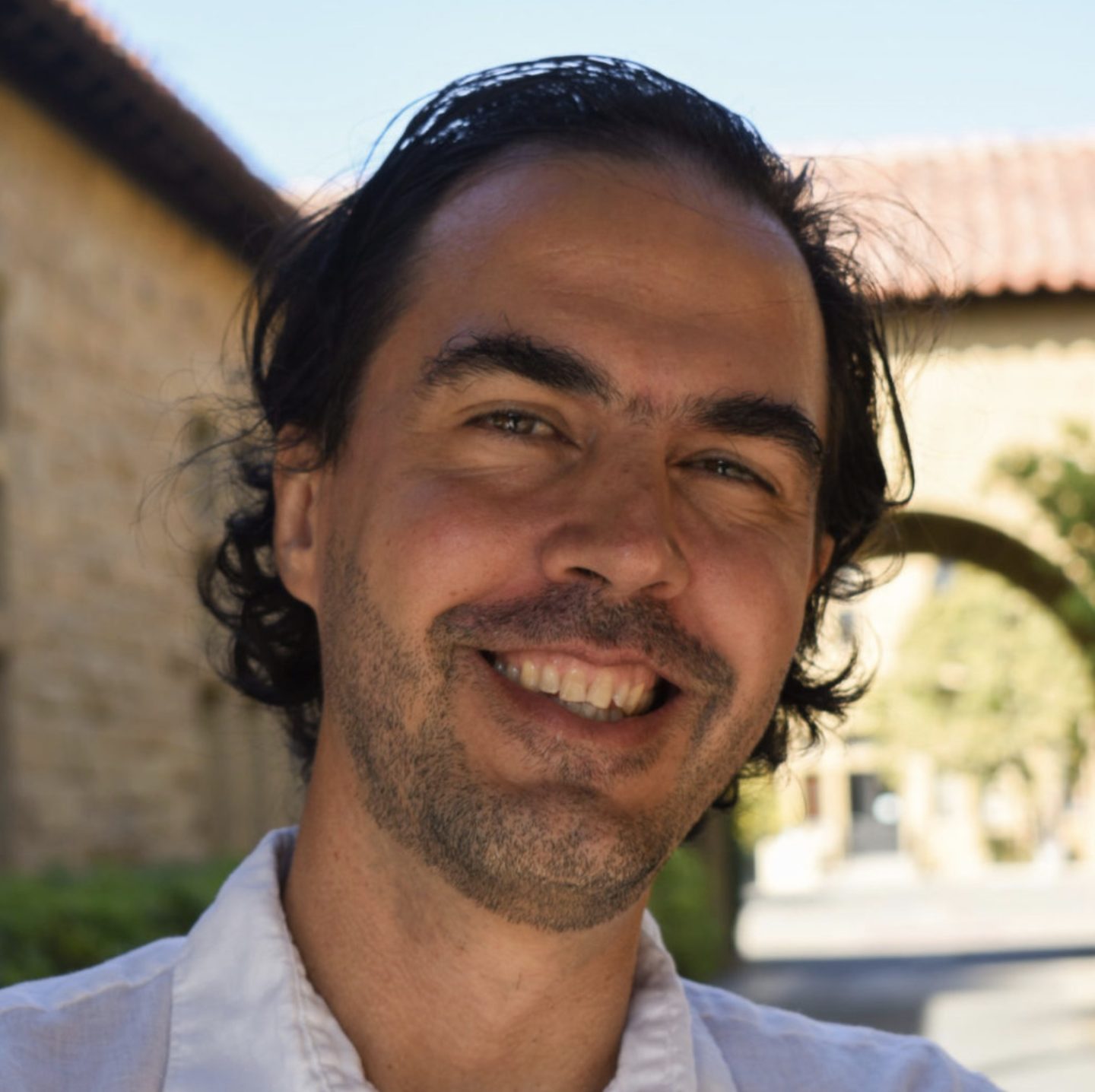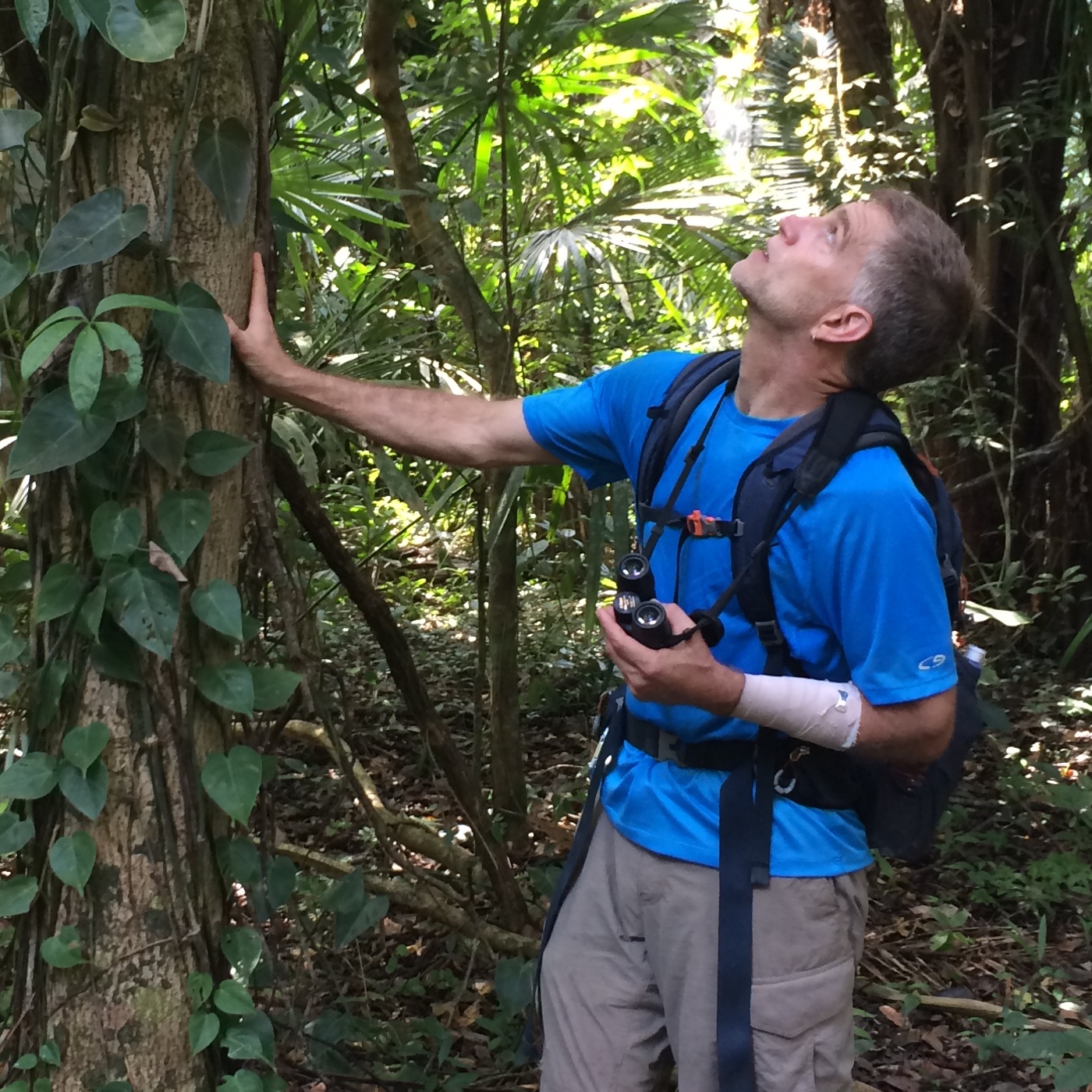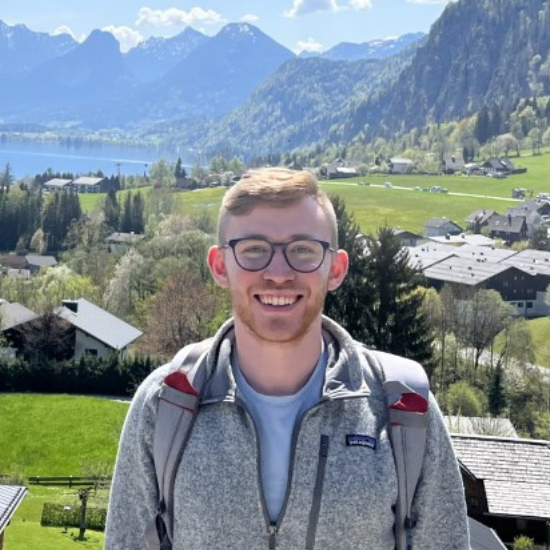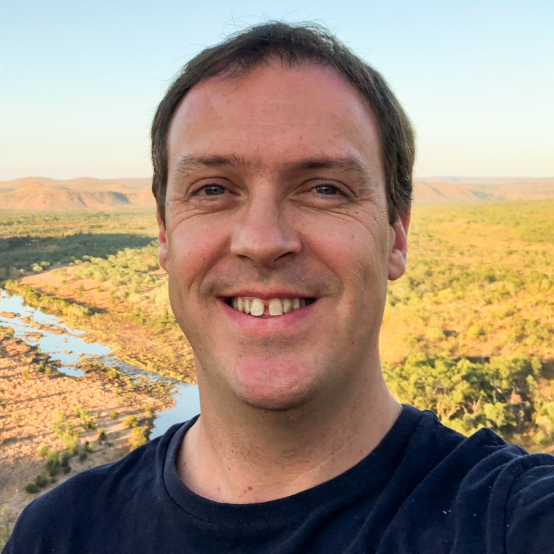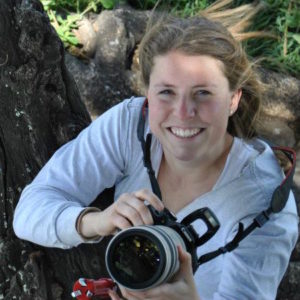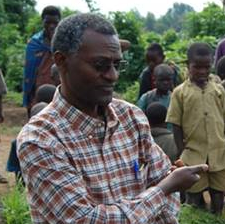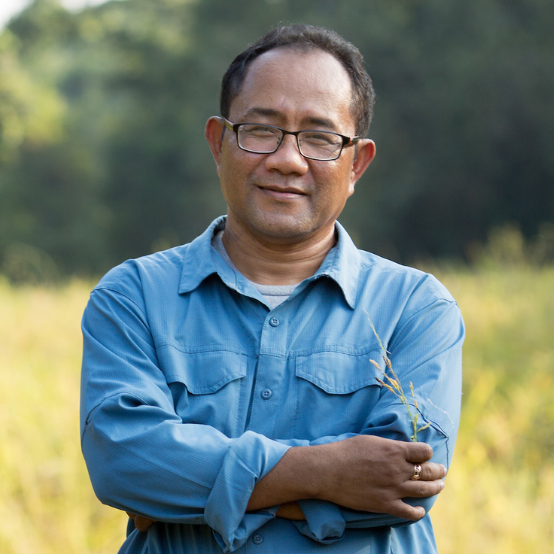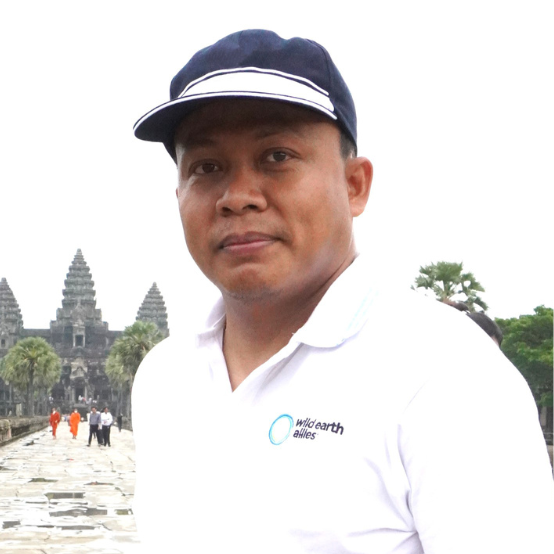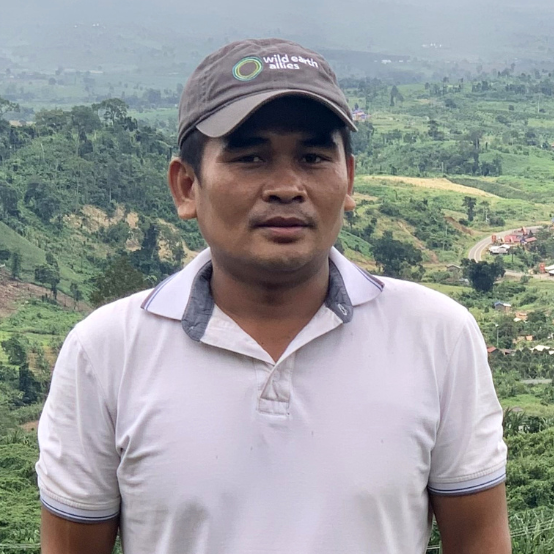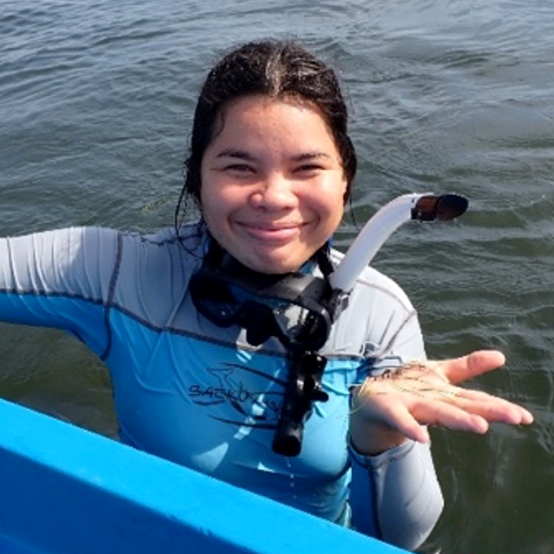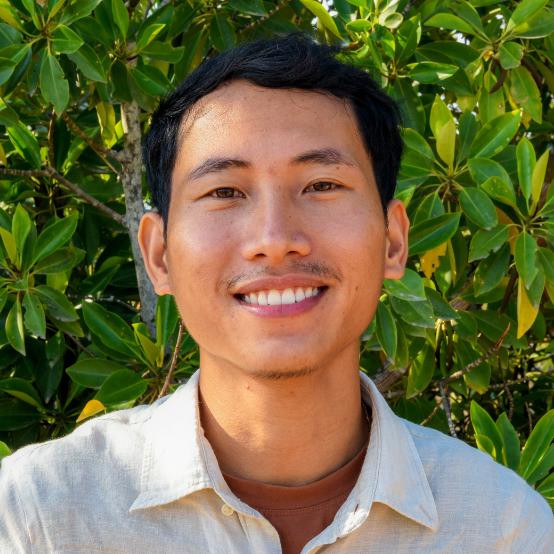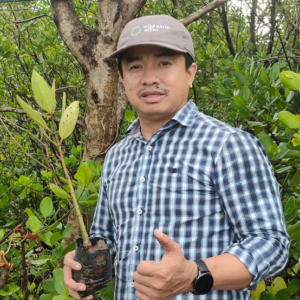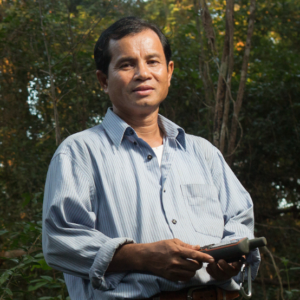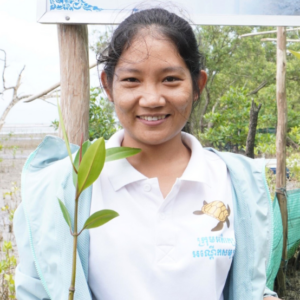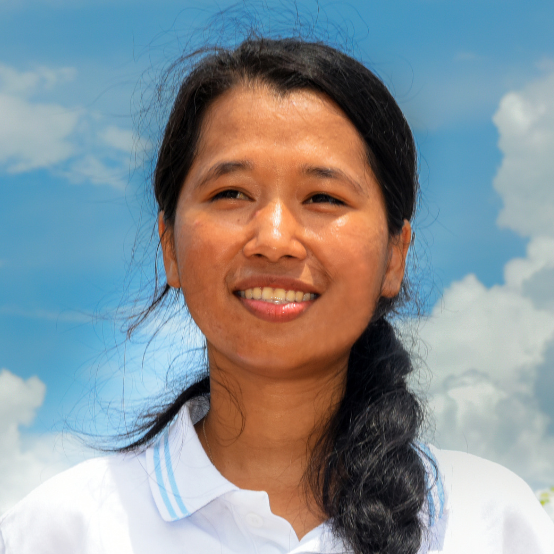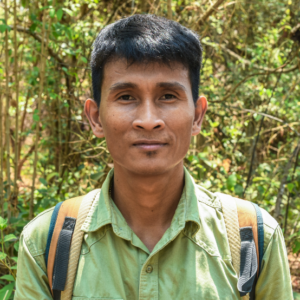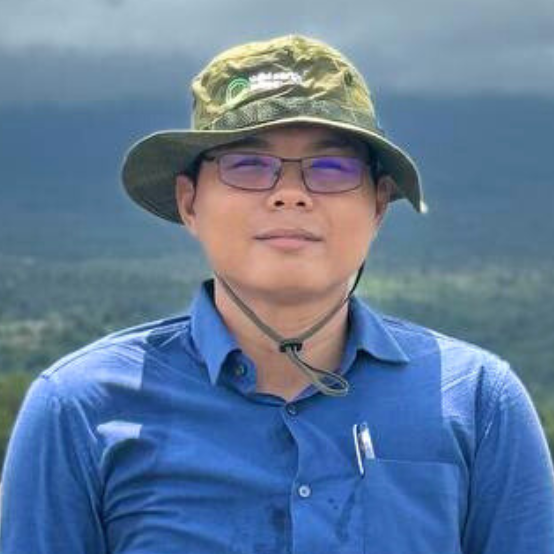Together with Asociación ProCosta in El Salvador, we are celebrating one of the most successful nesting seasons yet.
In 2008, the mangrove-lined beaches of El Salvador’s Jiquilisco Bay were the site of an extraordinary discovery — hawksbill turtle nesting grounds. Previously thought to be wiped out from Mexico to Peru, the detection of these pointed-beaked turtles sparked optimism. But with fewer than 700 adult females estimated in the region today, recovery efforts must hold steady in order to bring this critically endangered species back from the brink.
Luckily, talented practitioners at Asociación ProCosta have a solid track record of success. Together, we’re helping to protect hawksbill nesting females, their eggs, and hatchlings in partnership with artisanal fishing communities.
And, results are promising — in fact, the hawksbill 2020 nesting season was one of the most successful to date. At three major nesting sites in El Salvador, ProCosta recorded a total of 398 nests and released 28,450 hatchlings.

Jiquilisco Bay remains a key point of intervention. From the beginning of April through the end of October — the primary nesting season in El Salvador — we worked with ProCosta to protect hawksbill nests to ensure maximum hatchling production. ProCosta also monitored and collected critical data, generating life-history information for the turtles that will help us better manage the nesting population for years to come. At Jiquilisco Bay alone, ProCosta released over 18,123 viable hatchlings!
Building on their strong record of community engagement, ProCosta organized a two-day training workshop for community members on egg protection and involved 125 local egg collectors in hawksbill conservation activities. Communication is also key — that’s why ProCosta and their community partners built a solid communication network to improve information flows, allowing field teams to learn more about the turtles and respond accordingly.
2020 saw the implementation of two new hatcheries, too. We opened a second hatchery at Chantene Beach in Los Cóbanos, where illegal egg collection remains a significant threat. Thanks to this additional hatchery, nest protection rates improved by nearly 30% relative to previous years, with a rate of 94.4%. And, we launched an offseason hatchery at Jiquilisco Bay, where there is a small hawksbill nesting population that nests from November to March.
 A view of Chantene beach, El Salvador, where a new hatchery is improving nest protection rates.
A view of Chantene beach, El Salvador, where a new hatchery is improving nest protection rates.
Looking Toward the Future
Despite the numerous challenges presented in 2020 — including the threat of COVID-19 and devastating hurricanes — ProCosta and their community partners achieved a record-breaking 99.3% protection rate in Jiquilisco Bay. It’s a joyful reminder that success is possible when we work together, even during difficult times.
We’re optimistic that we can continue to increase hawksbill nesting productivity, building sustainability and ensuring long-term success of recovery efforts. Yet threats to hawksbill turtles do remain. We’re up against destructive fishing practices, the illegal harvest of turtle eggs, and the degradation of nesting and marine habitats. But here’s the good news — we’re seeing continued success, and learning more as we go. And that’s cause for celebration.
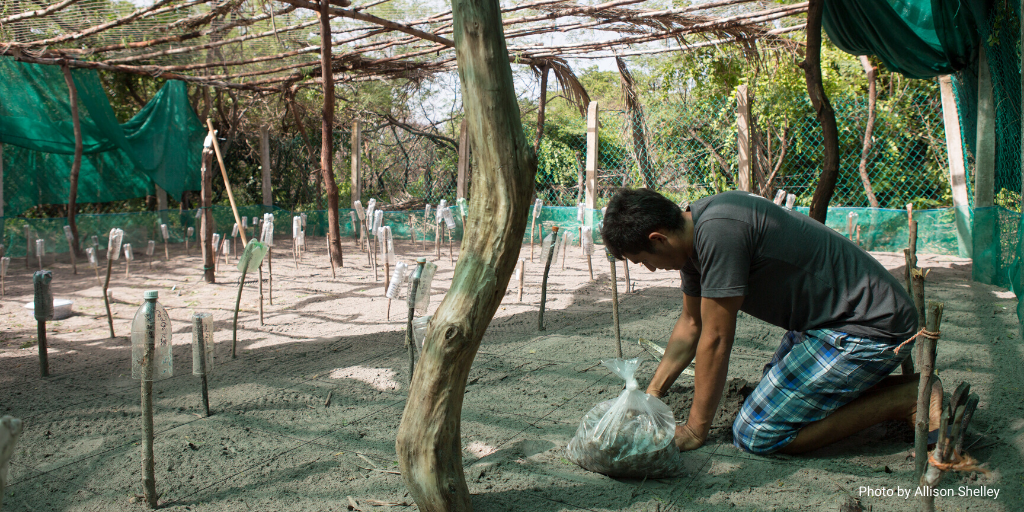
Gilberto Pérez buries the hawksbills eggs in the Punta San Juan Hatchery where they will be closely monitored and protected. Hatchlings are eventually released at the beach where they were laid
We are proud to collaborate on targeted conservation actions in El Salvador to ensure the continued success of ProCosta’s hawkbill recovery efforts, including hawksbill nest protection and hatcheries, community engagement, and turtle monitoring and research. Learn more here.

